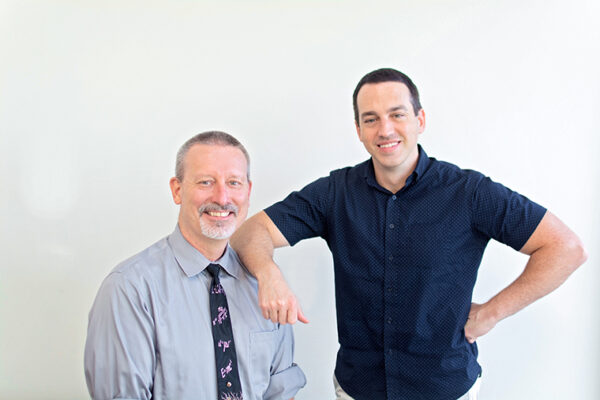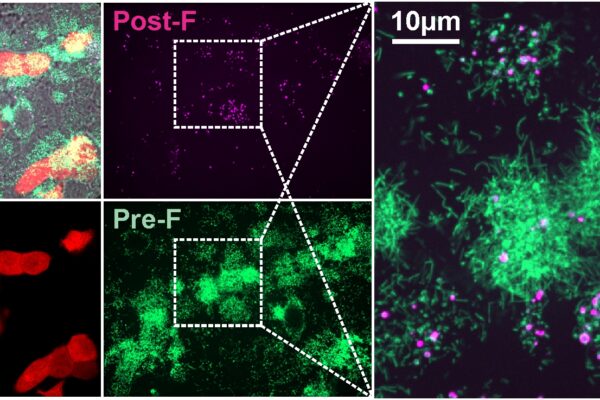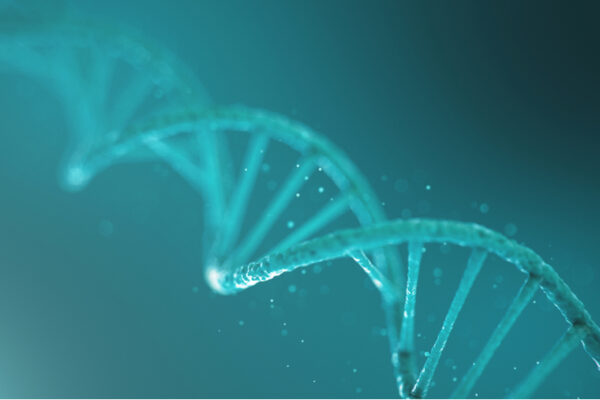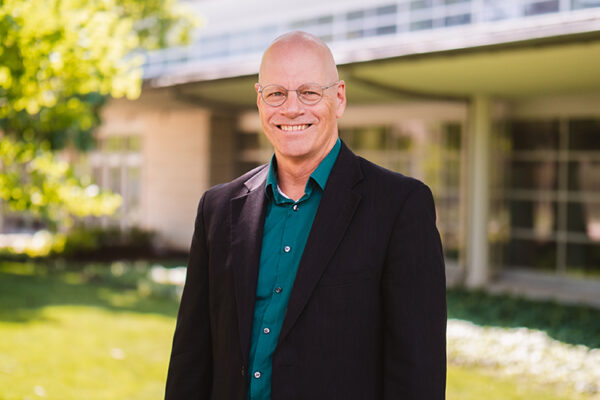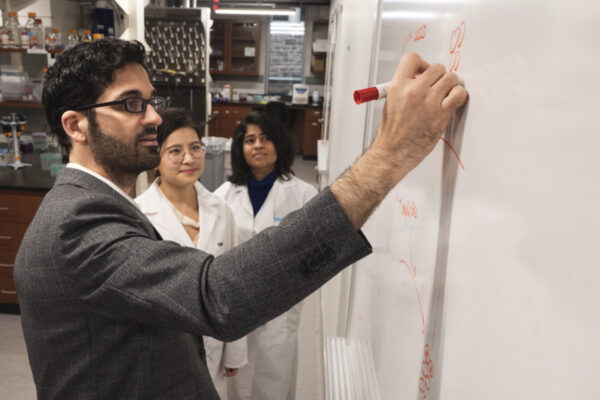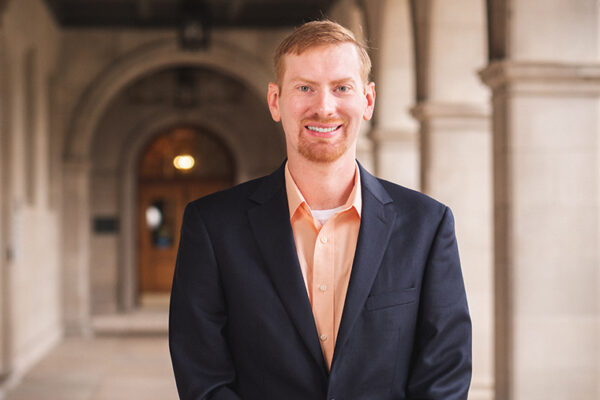Barnes, Loomis win Packard grant for increasing diversity in STEM
Jonathan Barnes and Richard Loomis, both in the Department of Chemistry in Arts & Sciences, won a four-year $90,000 grant from the David and Lucile Packard Foundation for the recruitment and retention of underrepresented graduate students in chemistry’s doctoral program.
Shape of virus may determine RSV infection outcomes
Using a novel technology, the lab of Michael Vahey at the McKelvey School of Engineering uncovered shape-shifting properties of a common respiratory virus.
Loomis to study novel molecular reaction pathways and dynamics
Richard Loomis, professor of chemistry in Arts & Sciences, received a three-year $700,000 grant, with a collaborator at Marquette University, from the National Science Foundation to study highly energized molecules’ reaction pathways.
NIH funds Rudra, Jackrel to improve vaccines for elderly
Washington University’s Meredith Jackrel and Jai Rudra and are researching nanofiber materials that will eliminate the need for vaccine adjuvants.
Two strands are tougher than one
Research from the lab of Kimberly Parker at the McKelvey School of Engineering reveals key differences between single- and double-stranded RNA, insights that may prove useful to fields from agriculture to medicine.
Moeller wins Heyrovsky Prize for electrochemistry
Kevin Moeller, professor of chemistry in Arts & Sciences, won the 2021 Jaroslav Heyrovsky Prize for Molecular Electrochemistry from the International Society of Electrochemistry. His research focuses on using electrochemistry as a synthetic tool for constructing everything from complex organic molecules to two-dimensional addressable surfaces.
Washington University collaborates with Agilent, Merck to expand metabolomics research
Using top-of-the-line research instrumentation from Agilent and Merck, scientists in the Department of Chemistry in Arts & Sciences will develop new metabolomics workflows of interest to many members of the drug-development community.
Cancer has ripple effect on distant tissues
A new study with zebrafish shows that a deadly form of skin cancer — melanoma — alters the metabolism of healthy tissues elsewhere in the body. The research led by chemist Gary Patti suggests that these other tissues could potentially be targeted to help treat cancer.
Researchers win NIH grant
Linda J. Pike and Alexander S. Holehouse, in the Department of Biochemistry and Molecular Biophysics at the School of Medicine, and Gary J. Patti, in Arts & Sciences and the School of Medicine, received a four-year grant totaling $1.45 million from the National Institute of General Medical Sciences of the National Institutes of Health (NIH).
Fournier to study dynamics of fast chemical reactions
Joseph A. Fournier, assistant professor of chemistry in Arts & Sciences, won a CAREER Award from the National Science Foundation. Fournier’s research program focuses on characterizing the dynamics and mechanisms of fast chemical reactions.
Older Stories
